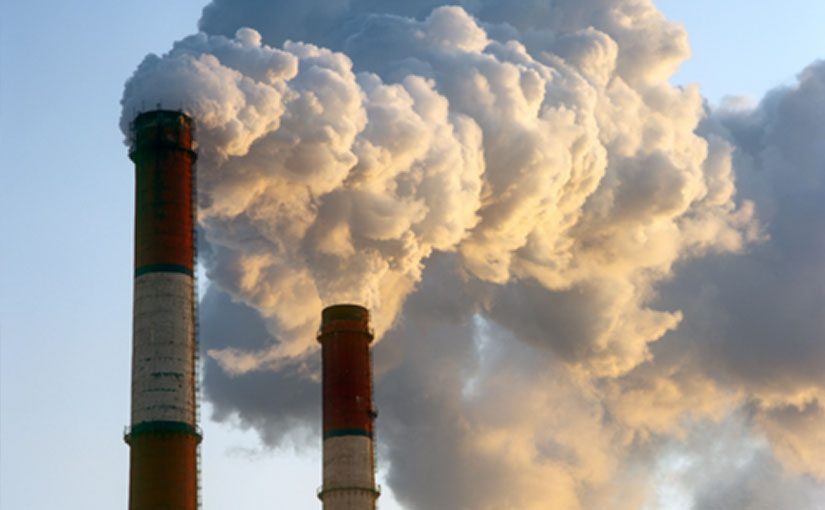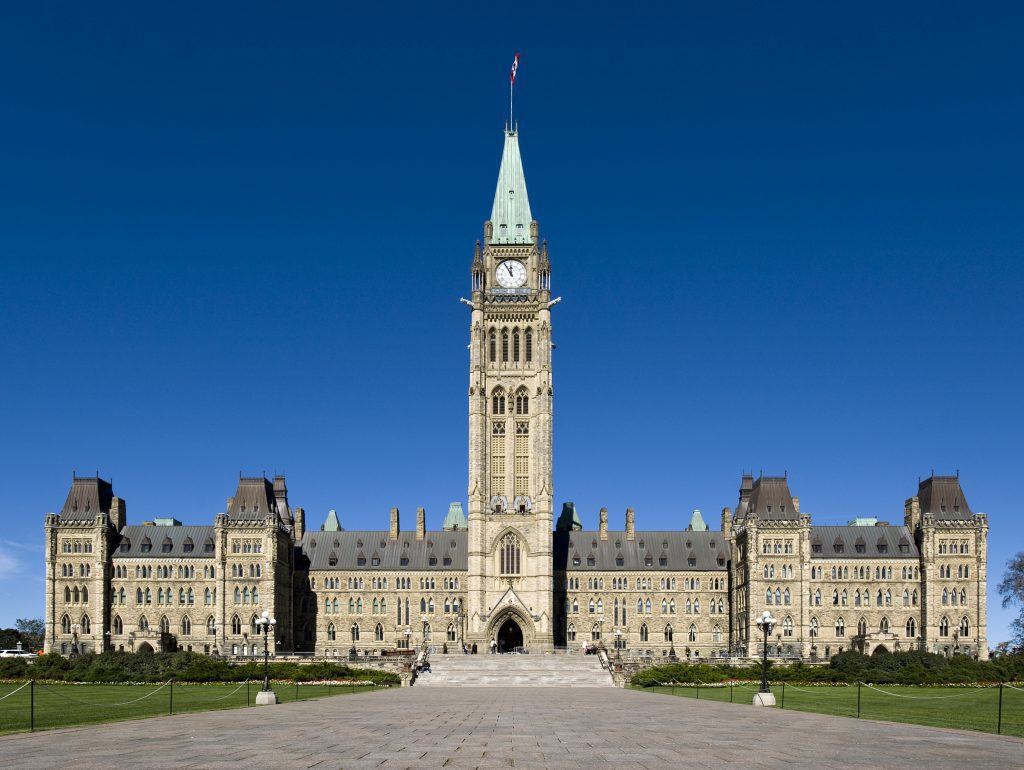This is a guest blog by Laura Tozer, a University of Toronto PhD Candidate. Laura’s research focuses on cities and climate action. She is in Paris as an official observer at the U.N. climate summit.
Not so long ago, city action on climate change was a topic discussed in obscure back corners of U.N. climate summits. But this year at COP21 in Paris the action taken by cities to respond and adapt to climate change is playing a much more central role.
Negotiators at the Paris summit are trying to develop a global deal between countries that would keep global average temperature rise well below 2 degrees Celsius. As nations work through the issues that remain unresolved in the negotiations, cities have played an active role at the Paris summit trying to galvanize momentum.
It makes sense. Cities are key players in the fight against climate change. Urban areas are responsible for a significant portion of global greenhouse gas emissions, but they’re also an important source of climate solutions. And they represent the frontline in the effort to protect citizens from the impacts of climate change. Deep transformation of urban areas will be necessary to limit global warming to well below 2 degrees and to adapt to the impacts of climate change.
Here’s a summary of the key themes at the Paris summit on local climate action:
Cities are acting, learn from them:
We can learn directly from cities as they work towards transformation. Sessions throughout the summit focused on Stockholm as it plots a path to zero fossil fuels by 2040, on Copenhagen’s rapid transformation to carbon neutrality by 2025, the experiences of cities like Vancouver as it strives for 100 per cent renewable energy, and efforts to increase resilience to the impacts of climate change in Dhaka, the capital city of Bangladesh.
Cities have banded together in a number of networks to share their experiences around the globe and to develop the resources to scale up the implementation of solutions. The European Covenant of Mayors brings together 6,300 municipalities under an agreement to strive for GHG reductions of at least 40 per cent by 2030. Participants in COP21 also heard that the members of another city network, the Compact of Mayors, can deliver half of the global urban potential greenhouse gas (GHG) emissions reductions available by 2020.
Cities are ambitious, nations should follow suit:
For nearly two weeks now, there have been presentations at the Paris summit that highlight how cities are trying to push ahead at the leading edge of climate action. The members of the C40 Cities network, a network of the world’s major cities taking action to reduce greenhouse gas emissions, have taken 10,000 climate actions since the last major U.N. climate summit in Copenhagen in 2009. And they’ve committed to reduce their emissions by 3 Gt CO2 by 2030 — the same as the annual carbon output of India.
International city networks are using their joint power to encourage countries to reach a global agreement. At one official U.N. side event, governors and mayors from North America, Latin America and Africa reinforced their commitment to limit greenhouse gas emissions to 2 tons per capita, or 80-95 per cent below a 1990 benchmark by 2050. They called on national governments to follow their lead and come to a global agreement. The cities and regions that are members of the association ICLEI (Local Governments for Sustainability) also called on national governments to scale up their efforts to achieve low-carbon transitions.
How can we finance local climate action:
Numerous sessions at the Paris summit have tried to tackle the question of how we can pay for climate action at the city-scale. In one presentation, the Mayor of Johannesburg talked about the Green Bond the city offers on the stock exchange that funds local climate projects.
Cities are also connecting directly to international climate finance. For example, the Global Environment Facility described its $1.5 billion Sustainable City program to fund local climate change adaptation and mitigation efforts and the Cities Climate Finance Leadership Alliance explained how to mobilize capital into climate proof cities.
It’s clear that city officials can’t accomplish low-carbon transformations all on their own. A quiet undercurrent of the discussions touched on some of the limitations of cities, such as governance structures that limit action, constrained local government budgets, and regulatory barriers. Connecting back to Canada, Ontario Premier Kathleen Wynne recognized this need during the second week of the summit and asked Ontarian cities facing regulatory barriers to local climate action to open up a dialogue with the province about removing obstacles. National and regional governments should find ways to further enable local ambitions.
It’s important to celebrate the work happening in urban areas to accelerate low-carbon and resilient transformation. But it’s also critical that national and regional governments don’t leave the work to city officials alone. There are essential climate change responses that just can’t be achieved at the local scale and low-carbon transitions can be achieved much more effectively using coordinated action. In the final days of the Paris climate change summit, national leaders should see the transformation of urban areas as a driving force for an ambitious global climate agreement.







